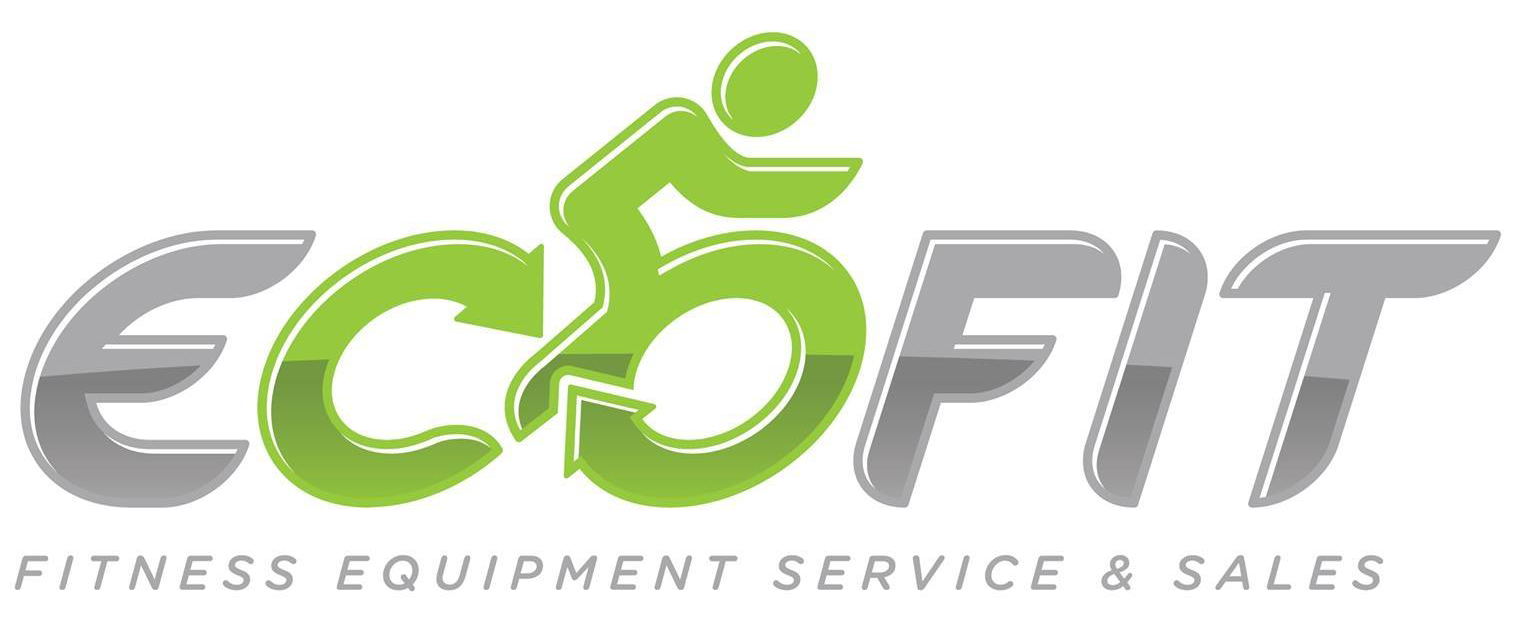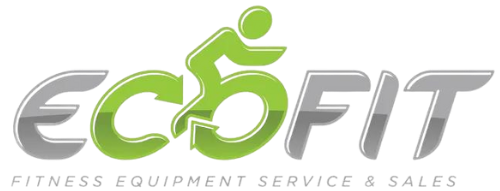What Fitness Enthusiasts Are Looking for in Gym Design
The modern fitness enthusiast has evolved, and so have their expectations for gym design. Today’s fitness-conscious individuals demand more than just a collection of machines and weights. They seek a holistic experience that enhances their workouts, provides convenience, and fosters a sense of community. Whether they are powerlifters, yogis, or HIIT enthusiasts, their ideal gym is designed to support their diverse needs.
In this blog, we’ll explore the key aspects that fitness enthusiasts are looking for when it comes to gym design and how commercial gyms can adapt to meet these needs.
1. Aesthetics That Inspire Motivation
Aesthetics play a critical role in gym design, as the environment sets the tone for the workout experience. Fitness enthusiasts often prefer clean, modern, and open spaces that promote energy and focus. Bright lighting, spacious layouts, and sleek finishes can make a gym feel more inviting and encourage members to spend more time working out.
Moreover, some fitness enthusiasts appreciate a gym that feels trendy and aligns with their lifestyle. Eye-catching designs, accent walls with motivational quotes, and cutting-edge technology are all elements that help create a visually appealing space.
Key Design Elements:
- Clean, modern, and open space
- Bright lighting for an energizing atmosphere
- Motivational signage and design accents
2. Functional Training Zones
Functional training has become one of the most popular fitness trends, and fitness enthusiasts are increasingly seeking gyms that cater to this workout style. Functional training zones are dedicated areas where members can perform exercises that mimic everyday movements, improving strength, balance, and coordination.
These zones typically feature a variety of equipment, such as kettlebells, battle ropes, medicine balls, resistance bands, and more. The layout of the functional training zone is crucial, as it needs to allow for movement, versatility, and group workouts. Gyms that incorporate functional training zones give members the space to engage in dynamic, full-body workouts that cater to different fitness goals.
Key Design Elements:
- Spacious areas for free movement and dynamic exercises
- Equipment such as kettlebells, medicine balls, and resistance bands
- Flexibility for group or individual workouts
3. Top-of-the-Line Equipment Variety
Fitness enthusiasts are highly selective about the equipment they use. They look for gyms that offer the latest and most effective machines, free weights, and cardio equipment to ensure they can perform their preferred exercises without limitations. The variety and quality of equipment are often a major factor in determining which gym they join.
Commercial gyms should invest in well-maintained, state-of-the-art equipment to satisfy this demand. Additionally, members expect equipment for different fitness levels, from beginners to advanced athletes. Offering a mix of traditional strength training machines, free weights, and specialized equipment like power racks, squat cages, and Olympic bars will cater to the diverse needs of the fitness community.
Key Design Elements:
- State-of-the-art machines and free weights
- Specialty equipment for advanced athletes
- Regular maintenance to ensure functionality and safety
4. Group Fitness Class Spaces
Group fitness classes are a major draw for many fitness enthusiasts, as they offer a sense of community and motivation through shared experiences. Whether it's spin, yoga, HIIT, or Pilates, having dedicated spaces for group classes is essential in gym design.
These areas should be separate from the main workout floor to allow for privacy and focus during classes. Studios equipped with sound systems, mirrors, and appropriate flooring can enhance the class experience, making it both fun and engaging for participants. Offering a variety of group classes also allows fitness enthusiasts to try new workout styles and diversify their routine.
Key Design Elements:
- Separate studios for privacy and focus
- High-quality sound systems and mirrors
- Specialized flooring for different types of workouts
5. High-Performance Recovery Areas
Recovery is an essential aspect of a fitness routine, especially for enthusiasts who push their bodies to the limit. As more people embrace the importance of post-workout recovery, gyms are increasingly including designated recovery areas in their design. These areas provide fitness enthusiasts with tools and spaces to stretch, cool down, and relax their muscles after a workout.
Recovery zones often feature foam rollers, massage tools, stretching areas, and even services like massage therapy or cryotherapy in high-end gyms. Additionally, some fitness centers are incorporating lounges with comfortable seating, hydration stations, and snacks to allow members to recharge after intense training sessions.
Key Design Elements:
- Designated stretching and cool-down zones
- Foam rollers, massage tools, and other recovery equipment
- Comfortable seating and hydration stations
6. Smart Technology Integration
Fitness enthusiasts, especially tech-savvy ones, appreciate gyms that integrate technology into the workout experience. From interactive fitness screens to equipment that tracks performance metrics, smart gym technology helps members stay motivated and achieve their fitness goals more efficiently.
Some of the most popular tech integrations include digital lockers, automated check-ins, mobile apps for class scheduling, and virtual personal trainers. This technology enhances convenience while allowing members to personalize their workouts. Gyms that offer smart technology are seen as more innovative and forward-thinking, attracting members who value these modern conveniences.
Key Design Elements:
- Interactive fitness screens and performance tracking
- Mobile apps for class scheduling and workout planning
- Digital lockers and automated check-ins
7. Flexible, Hybrid Workout Spaces
As fitness trends continue to evolve, gyms need to offer flexible spaces that cater to both individual and group workouts. Hybrid workout spaces are designed to be adaptable, allowing for multiple types of exercise to take place in the same area.
For example, a hybrid space could feature movable equipment that can be used for strength training, HIIT, or yoga, depending on the members needs. These flexible zones also allow gyms to host different types of classes, ensuring that no square footage goes to waste. By offering multi-functional spaces, gyms can better accommodate a wider range of fitness enthusiasts.
Key Design Elements:
- Movable equipment for different types of workouts
- Flexible layouts for both group classes and individual training
- Adaptable spaces that cater to evolving fitness trends
8. Convenient Amenities
Fitness enthusiasts often choose a gym based on the range of amenities it offers. Amenities such as clean locker rooms, showers, saunas, and even smoothie bars or healthy snack options can make a significant difference in member satisfaction.
Having convenient amenities also promotes member retention, as people are more likely to return to a gym that makes their entire experience enjoyable and stress-free. Additionally, gymswith child care services can attract parents who need a place to exercise without worrying about finding a babysitter.
Key Design Elements:
- Clean locker rooms and showers
- Saunas, steam rooms, or hydrotherapy pools
- Snack bars with healthy options
- Childcare services for parents
9. Personalization and Customization
Finally, personalization is becoming increasingly important in fitness. Enthusiasts are looking for gyms that can offer customized workout plans, personalized fitness tracking, and one-on-one training sessions. Whether through technology or personal trainers, the ability to tailor workouts to individual goals is a significant draw.
Gyms that provide app-based tracking, personalized fitness assessments, and regular progress check-ins offer members a unique experience that caters to their personal fitness journey. Additionally, offering one-on-one or small group training can help members reach their goals faster and keep them coming back.
Key Design Elements:
- Personalized workout plans and fitness assessments
- One-on-one or small group training options
- App-based tracking and progress monitoring
Conclusion: Meeting the Needs of Fitness Enthusiasts
As gym design continues to evolve, it's essential for commercial facilities to stay ahead of the trends and cater to the specific needs of fitness enthusiasts. By incorporating aesthetics that inspire, offering functional training zones, investing in high-quality equipment, and integrating smart technology, gyms can attract a diverse range of fitness enthusiasts. Additionally, recovery areas, flexible workout spaces, and convenient amenities help ensure member retention and satisfaction.
At EcoFit Equipment, we understand what fitness enthusiasts are looking for in gym design. We work closely with commercial facilities to help them select the right equipment and layout to meet the needs of their members. From functional training zones to high-performance machines, EcoFit can help you design a gym that keeps fitness enthusiasts coming back for more.
Reach out to us today to learn how we can help design or update your gym to meet the latest trends and exceed member expectations.
Let Us Help you pick the right choice!
We will get back to you as soon as possible.
Please try again later.
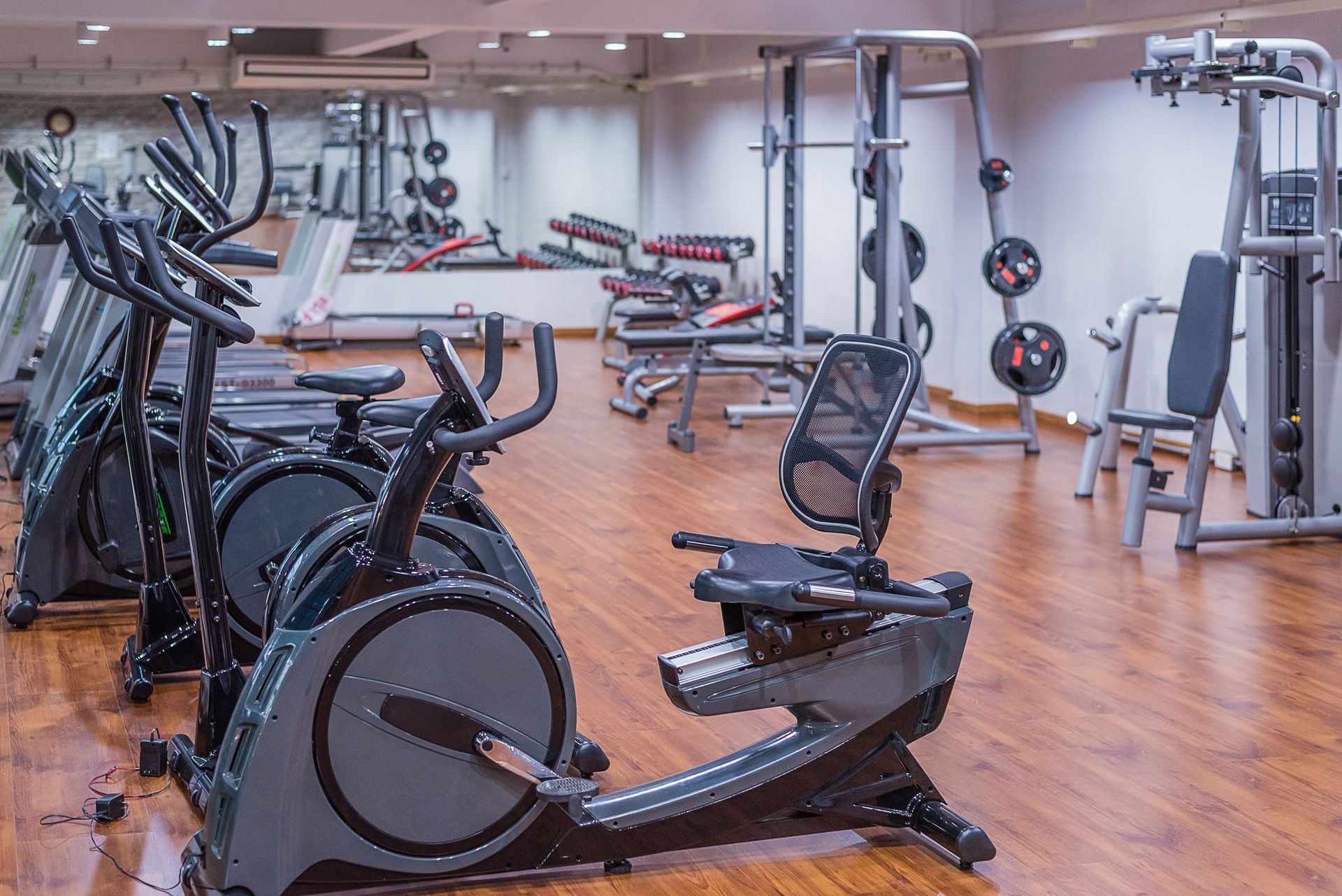
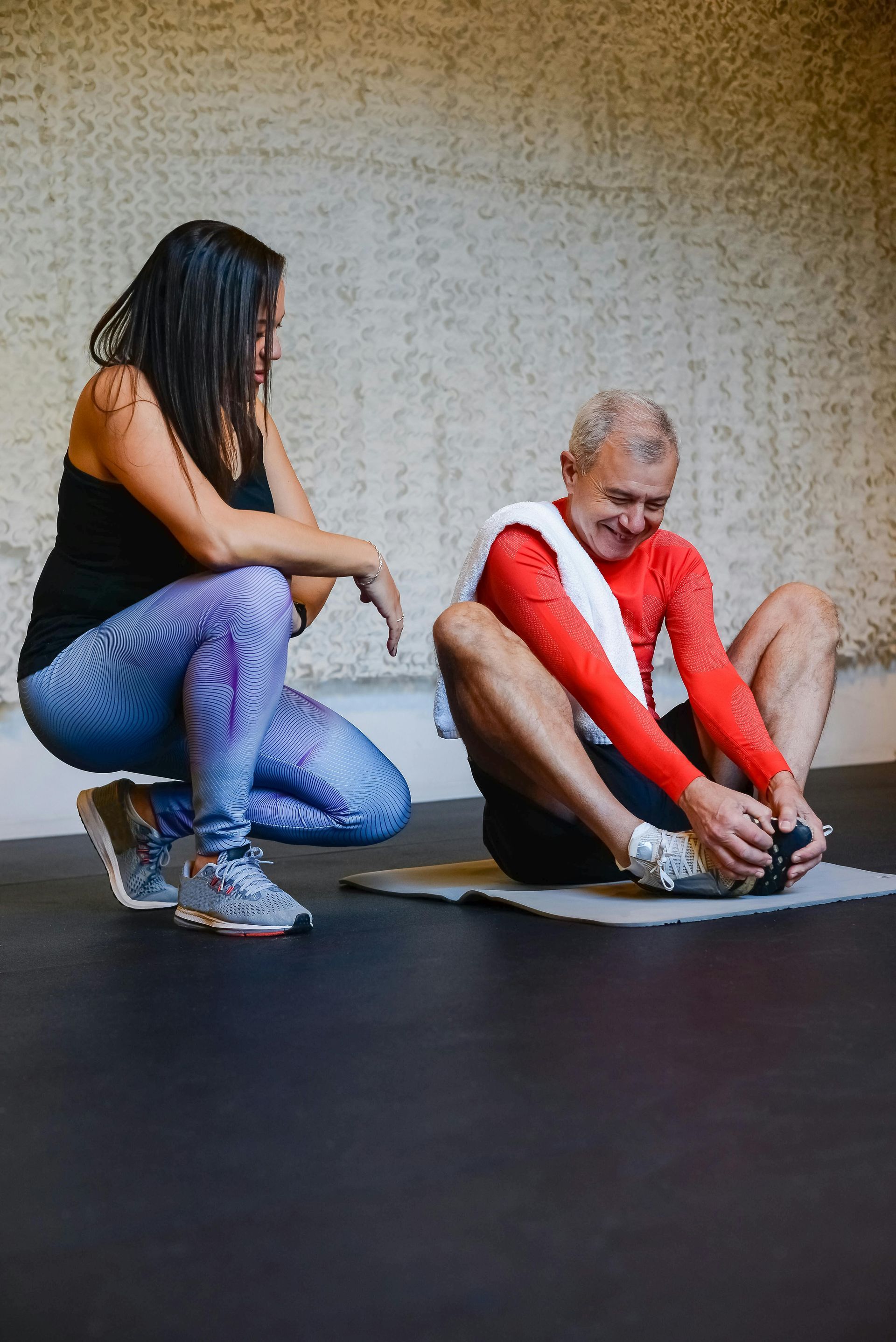
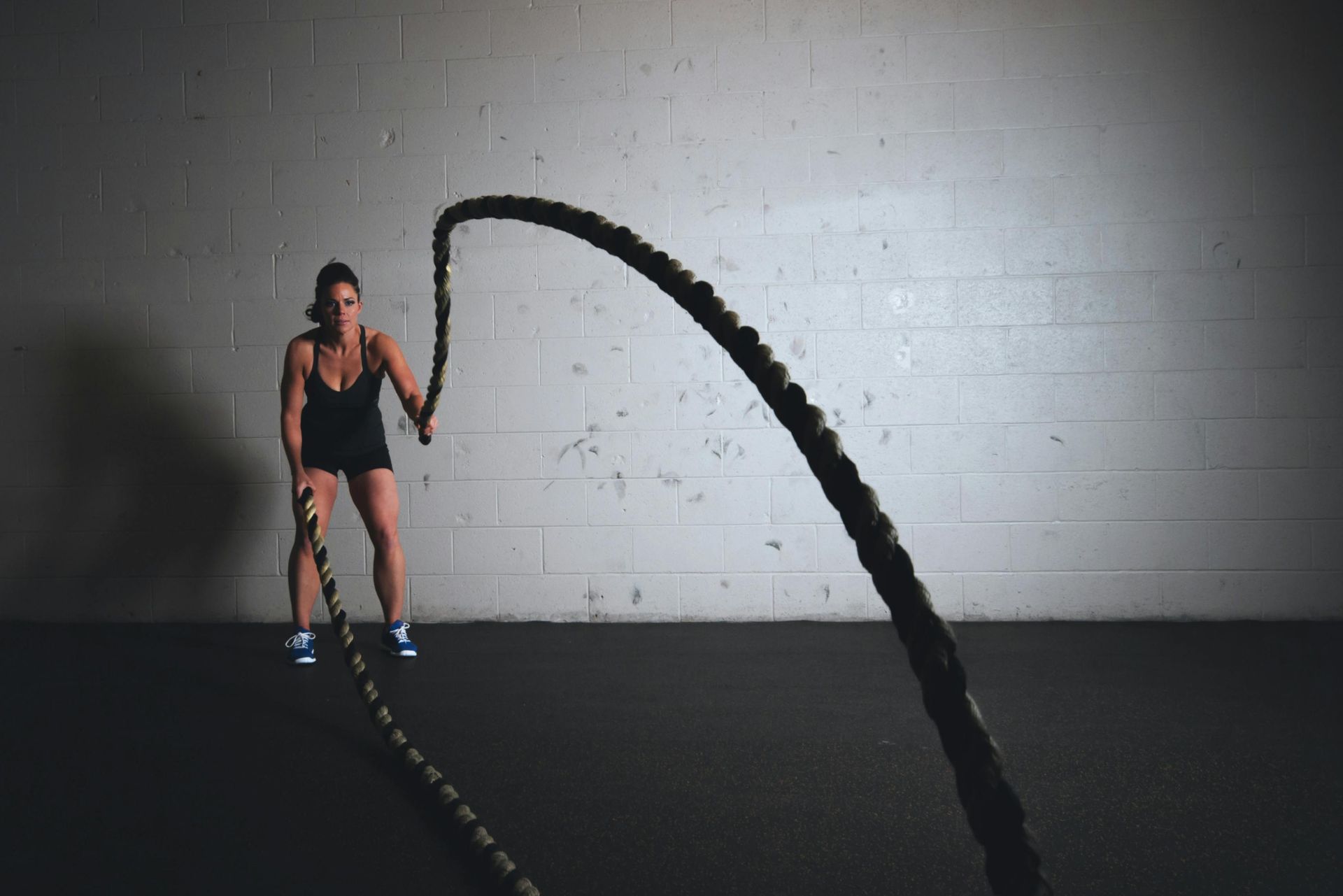
Building a Multi-Sport Recreational Facility? Here's What to Look for in a Fitness Equipment Partner
We're Always Here for You!
CONTACT
10801 Indian Head Industrial Blvd
St. Louis, MO 63132
HOURS
By Appointment Only
- Mon - Fri
- -
- Sat - Sun
- Closed

